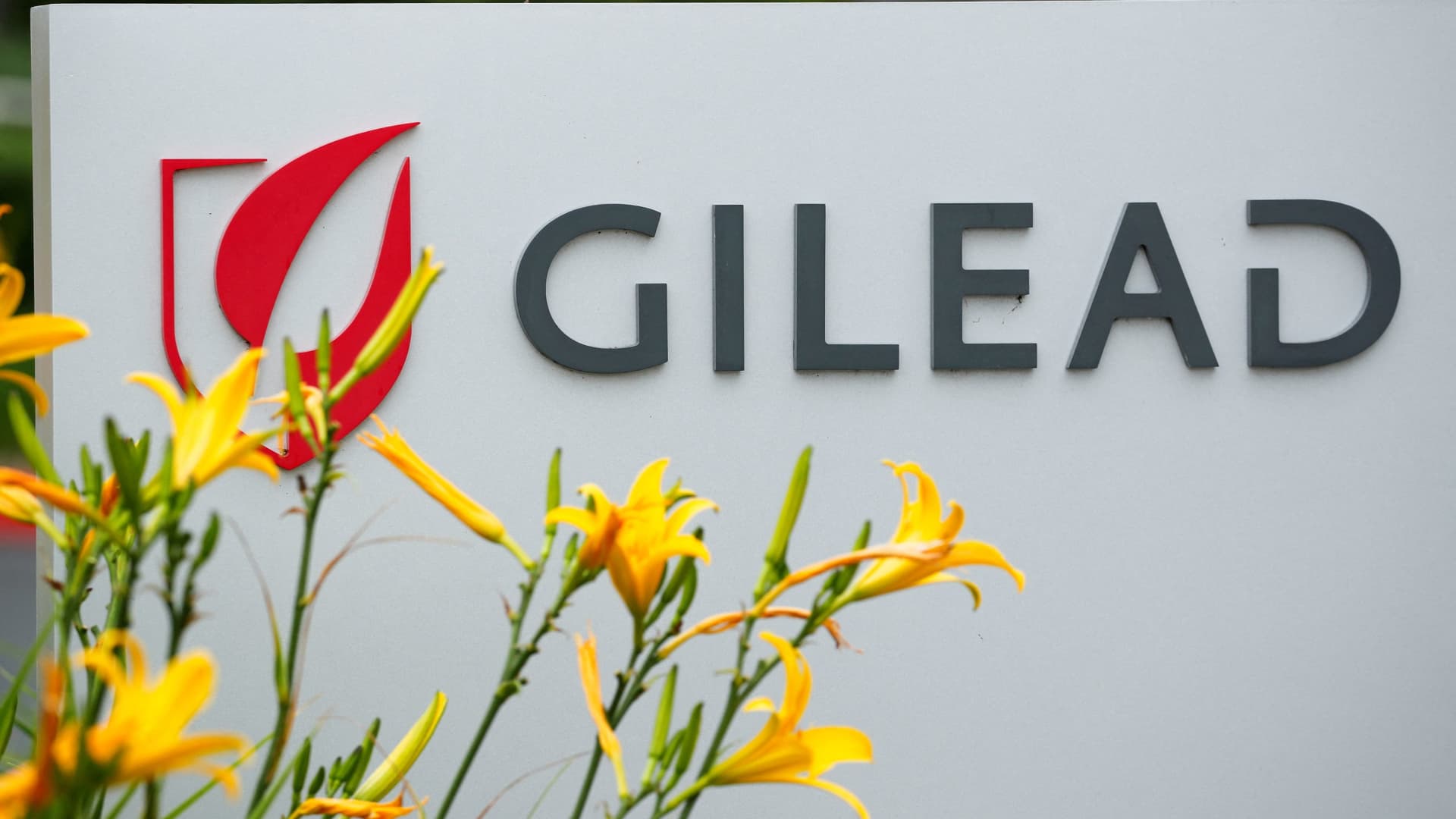Gilead's Biannual HIV Prevention Shot Demonstrates Perfect Effectiveness in Late-Stage Trials

Introduction to Gilead's Groundbreaking HIV Prevention Shot
Gilead, a prominent name in the field of preventive healthcare, has made a remarkable breakthrough with their biannual HIV prevention shot. The medication has recently demonstrated 100% efficacy in late-stage trials, a feat that could revolutionize public health and preventive healthcare. This article delves into the details of this groundbreaking medication, its implications, and how it compares to existing HIV preventive measures.
Overview of the Late-Stage Trial and Its Results
The late-stage trial, a critical phase in the development of any medication, was conducted to test the efficacy of Gilead’s biannual HIV prevention shot. The results were nothing short of exceptional, as the shot demonstrated 100% efficacy among participants. This means that none of the individuals who received the preventive shot contracted HIV during the trial period, underscoring the medication's effectiveness.
The Importance of Biannual Medication
Biannual medication offers several advantages, particularly for individuals at high risk of HIV infection. With Gilead’s shot needing only two doses per year, adherence to the preventive regimen becomes significantly easier compared to daily or monthly medications. This not only improves the medication's effectiveness but also reduces the burden on healthcare systems.
Supporting Data from the Trial
The late-stage trial involved a diverse group of participants, including men who have sex with men (MSM) and transgender women, populations that are at a higher risk of HIV infection. The study spanned various regions, including the U.S., Latin America, Asia, and Africa. The trial's comprehensive nature ensured that the results were robust and applicable across different demographics.
Comparison with Other HIV Prevention Methods
Prior to the introduction of Gilead’s biannual shot, the primary methods of HIV prevention included daily oral medications like Truvada and Descovy, as well as monthly injectable options. While these methods are effective, they require frequent administration, which can be challenging for some individuals to maintain consistently.
Truvada and Descovy: Daily Oral Medications
Truvada and Descovy have been the mainstay of HIV prevention for several years. These daily pills are highly effective, reducing the risk of HIV infection by over 99% when taken consistently. However, adherence to a daily regimen can be difficult for some, especially those who face barriers such as stigma, forgetfulness, or limited access to healthcare.
Apretude: Monthly Injectable Option
Apretude, another preventive measure, is an injectable medication administered monthly. While it offers an alternative to daily pills, it still requires regular clinic visits, which can be inconvenient and burdensome for some individuals. Apretude has shown efficacy, but it is not as convenient as Gilead’s biannual shot.
Implications for Public Health and Preventive Healthcare
The introduction of Gilead’s biannual HIV prevention shot represents a significant advancement in public health and preventive healthcare. By offering a highly effective and easy-to-maintain preventive measure, Gilead is poised to make a substantial impact in the fight against HIV.
Reducing New HIV Infections
One of the most immediate benefits of this medication is its potential to significantly reduce the number of new HIV infections. With such high efficacy and a convenient dosing schedule, more individuals are likely to adhere to the preventive regimen, leading to fewer transmissions of the virus.
Addressing Health Disparities
The biannual shot also holds promise for addressing health disparities among populations that are disproportionately affected by HIV. Individuals who face challenges in adhering to daily or monthly preventive measures, such as those with limited access to healthcare or those experiencing stigma, may find the biannual shot to be a more viable option.
Conclusion
In conclusion, Gilead’s biannual HIV prevention shot is a groundbreaking development in the field of preventive healthcare. Its demonstrated 100% efficacy in late-stage trials marks a significant milestone in the fight against HIV. By offering a convenient and highly effective preventive measure, Gilead is set to make a profound impact on public health, potentially reducing new HIV infections and addressing disparities in healthcare access. This revolutionary medication is a beacon of hope in the ongoing battle against HIV, paving the way for a healthier future for all.
This article was prepared using information from open sources in accordance with the principles of Ethical Policy. The editorial team is not responsible for absolute accuracy, as it relies on data from the sources referenced.
FAQ
What is the efficacy of Gilead's biannual HIV prevention shot?
Gilead's biannual HIV prevention shot has demonstrated 100% efficacy in late-stage trials.
How often is Gilead's HIV prevention shot administered?
The shot is administered biannually, meaning only two doses are required per year.
What are the benefits of a biannual HIV prevention medication?
The biannual medication offers ease of adherence, reduced burden on healthcare systems, and a highly effective preventive measure against HIV.
How does Gilead's shot compare to other HIV prevention methods?
Gilead's biannual shot is more convenient compared to daily oral medications like Truvada and Descovy and monthly injectable options like Apretude, which require frequent administration and clinic visits.
What populations were included in the Gilead trial?
The trial included a diverse group of participants, such as men who have sex with men (MSM) and transgender women, across various regions including the U.S., Latin America, Asia, and Africa.